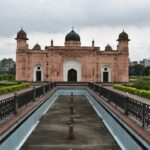Japan receives millions of visitors every year, but much of the attention stays on popular cities like Tokyo, Kyoto, and Osaka. Away from these centres, there are regions that remain largely unknown to international travellers. These hidden places in Japan offer a different kind of experience, which is less polished, more personal, and often deeply connected to nature and history. From remote mountain valleys to centuries-old fishing villages, these locations reflect daily life as it once was. These areas preserve regional identity, local crafts, and community life that has disappeared from larger towns.
Hidden Places In Japan Worth Visiting
These places don’t appear in most guidebooks, but they leave a lasting impression. Each one tells its own quiet story, shaped by land, weather, and the people who stayed.
1. Ine No Funaya, Kyoto’s Waterfront Village
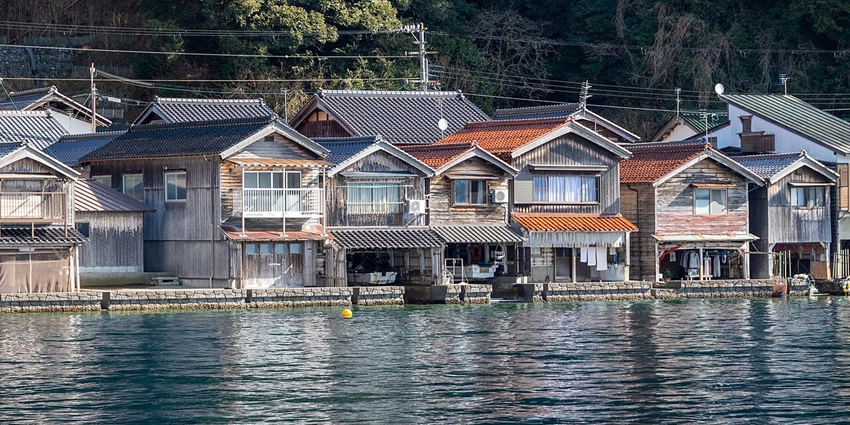
Photo: Naokijp / Wikimedia Commons
In northern Kyoto Prefecture sits Ine, a peaceful fishing town shaped by the sea. Its wooden funaya, or boat houses, line the bay with their backs to the mountains and their fronts to the water. These wooden homes were built with function in mind. The lower level was used to store boats and nets, while the upper floor served as the living space. They were first constructed during the Edo period, and their design has stayed almost the same since then. Today, roughly 230 of these houses still line the shore, each one shaped by the sea and the lives of those who live beside it.
Location: Ine Town, Yosa District, Kyoto Prefecture
Boat Cruises: start from ¥1000 per person
Best Time To Visit: April to October
2. Iya Valley, A Remote Slice Of Old Japan
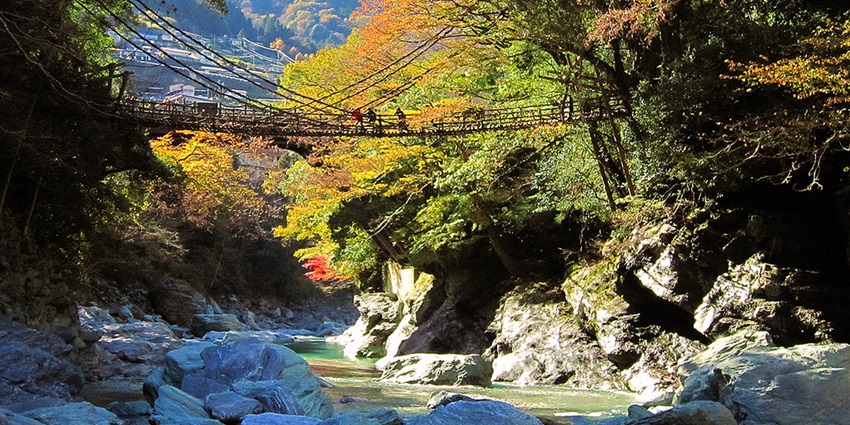
Photo: Hiroaki Kaneko / Wikimedia Commons
Tucked into the heart of Tokushima’s mountains, Iya Valley feels far removed from the rest of the country. The road winds through thick forests and steep ravines before finally opening up to the quiet river that runs through it. The path through the valley is narrow, and scattered along the slopes are old wooden houses, built long ago and still standing. Families have lived in them for generations, and very little has changed. Spanning the river is Kazurabashi, a bridge made of mountain vines. There are no crowds here, just walking trails that lead to old shrines, hidden hot springs, and farming villages where you might not see another traveller all day.
Location: Miyoshi City, Tokushima Prefecture, Shikoku Island
Vine Bridge Access: ¥550
Best Time To Visit: Late spring and autumn
3. Ouchi-juku
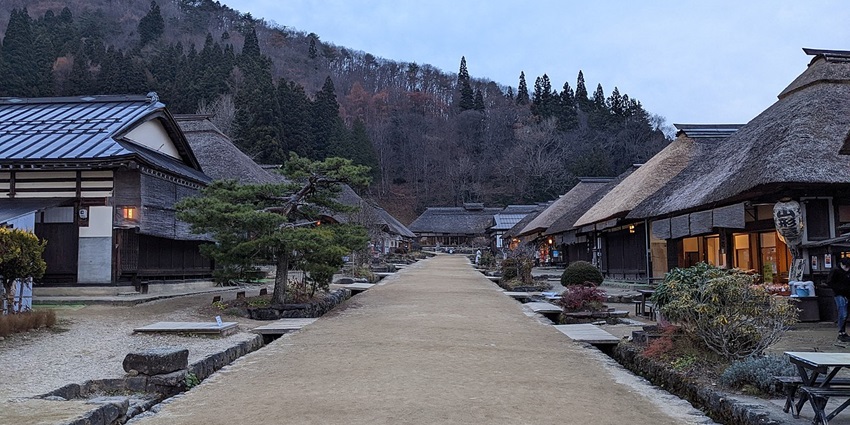
Photo: Bernie Ongewe / Wikimedia Commons
Deep in the hills of Fukushima Prefecture lies Ouchi-juku, a former post town that has stayed nearly unchanged for over two centuries. This place, among other hidden places in Japan, has once welcomed travellers making their way between Aizu and Nikko. The street is lined with thatched-roof homes, all facing the same narrow dirt road. There are no visible wires or modern buildings. Everything has been kept in place with care, not as a show, but because the people who live here still carry the old ways forward. In winter, snow settles gently on the rooftops, making the village feel silent and still.
Location: Shimogō Town, Minamiaizu District, Fukushima Prefecture
Best Time To Visit: February to October
4. Yakushima
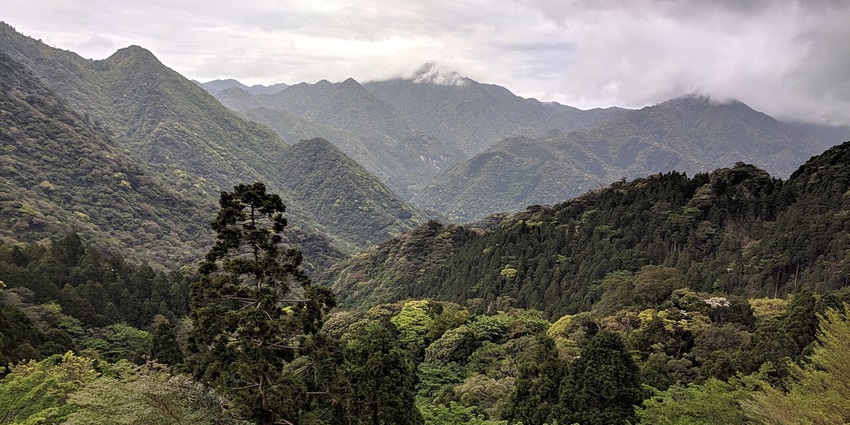
Photo: Grendelkhan / Wikimedia Commons / Image For Representation Only
South of Kyushu, surrounded by quiet sea and thick mist, Yakushima is covered in deep forest. The trees here are tall, old, and dense with moss and some have stood for over two thousand years. Jōmon Sugi, the island’s most famous cedar, towers quietly in the middle of the forest. This island inspired the spirit and setting of Princess Mononoke. The narrow Vincennes Strait, known locally as Yakushima Kaikyō, separates Yakushima from nearby Tanegashima. From Yakushima’s shores, you can often see rocket launches rising into the sky from Tanegashima’s space centre. The island itself is steep and mountainous, with Miyanouradake rising to 1,935 metres and Nagatadake reaching 1,886 metres.
Location: Yakushima Island, Kagoshima Prefecture
Arakawa Trail access: ¥2000 environmental fee during peak times
Best Time To Visit: March to May, October to November
5. Hoshitoge Rice Terraces
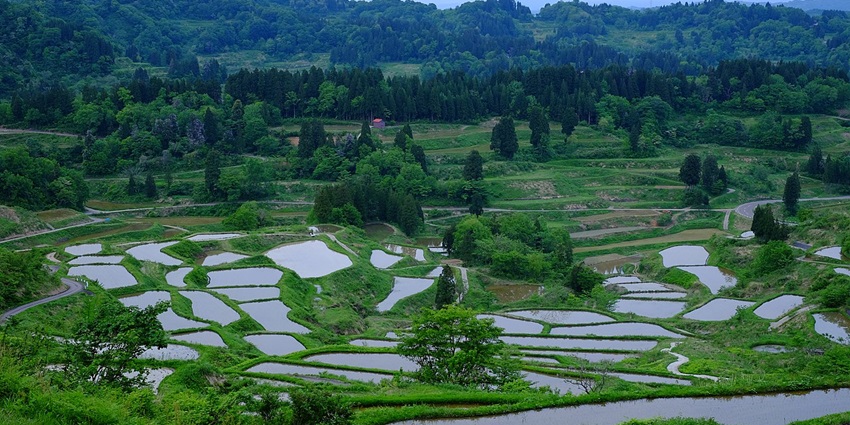
Photo: M Murakami / Wikimedia Commons
Near the town of Tokamachi in Niigata, the Hoshitoge Rice Terraces cover the hillside with rows of carefully built paddies. Farmers shaped them over time, following the curves of the land instead of changing it. Over 200 narrow fields form layers across the slope, and when they’re filled with water, they reflect the sky like pieces of glass. In the early morning, light falls gently on the surface, and the clouds above seem to float within the earth. The terraces change as the months pass, spring brings water and clear skies and summer fills the fields with rich green. By autumn, the hills turn gold and in winter, snow smooths everything out, and the fields seem to sleep.
Location: Tokamachi City, Niigata Prefecture
Best Time To Visit: Mid-May to October
6. Okunoshima
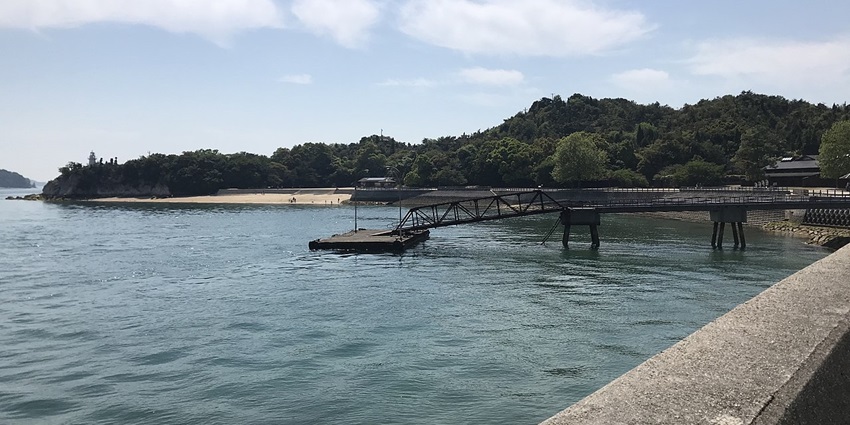
Photo: そらみみ / Wikimedia Commons
Off the coast of Hiroshima Prefecture lies Okunoshima, a quiet island best known for its large rabbit population. The rabbits are everywhere, on paths, in fields, and under trees. They’re used to people and will come close if you have food. Before the rabbits, it was home to a chemical weapons plant during the war. The factory is long closed, but the buildings are still there, hidden behind trees and quiet roads. You can walk the whole island in a few hours and a simple path circles the coast, with narrow trails cutting through forested hills. You’ll come across old concrete ruins, the small Poison Gas Museum, and open beaches where the sea is calm.
Location: Takehara City, Hiroshima Prefecture
Ferry fare: ¥360 one way
Best Time To Visit: March to May, October to November
7. Shimokita Peninsula
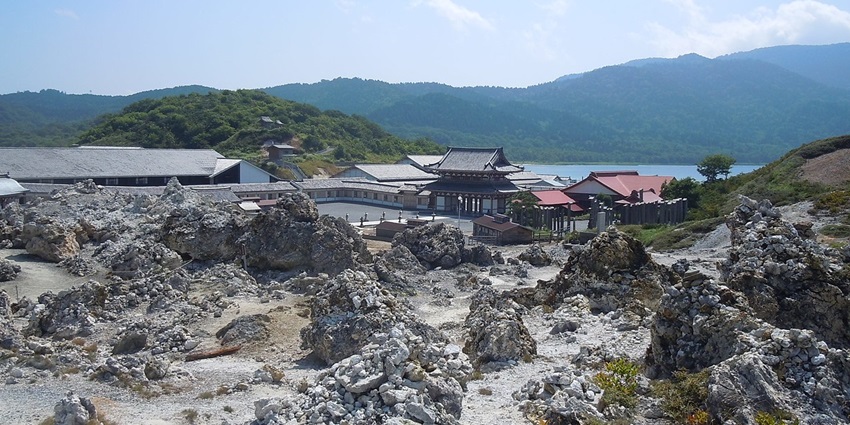
Photo: Feri88 / Wikimedia Commons
In the far north of Honshu, the Shimokita Peninsula stretches out into the sea with rough cliffs, narrow roads, and long, quiet coastlines. The landscape is wild and mostly untouched, but people come here for something else. Mount Osore, the centre of the peninsula, is unlike anywhere else in Japan. The ground is pale, the air carries the smell of sulphur, and steam rises from cracks in the earth. A small lake sits beside a temple, still and blue, surrounded by grey stones. Local belief says this is where the spirits of the dead pass through. Despite its strange beauty, these hidden places in Japan feel calm.
Location: Aomori Prefecture, northern Honshu
Mount Osore: ¥500 per person
Best Time To Visit: May to November
8. Tottori Sand Dunes
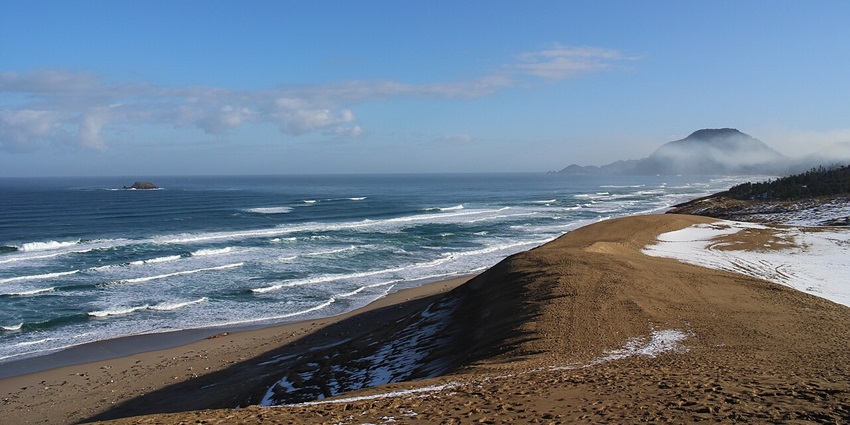
Photo: Suicasmo / Wikimedia Commons
On the edge of the Sea of Japan, just outside the city of Tottori, lies a stretch of land, the Tottori Sand Dunes. Spreading across more than 30 square kilometres, these dunes rise and fall like ocean waves frozen in time. Some slopes are gentle, while others are steep enough to run or tumble down. Walking across the sand, with the sea on one side and hills behind you, feels open and strange in the best way. Camel rides are available for those who want a bit of fun, and a lift nearby takes you to the top of the highest dune. In the Sand Museum next door, sculptors from around the world carve giant figures out of sand. The mix of coast, art, and empty space leaves a surprising and lasting impression.
Location: Tottori City, Tottori Prefecture
Sand Museum: ¥800 for adults
Best Time To Visit: September to November
9. Nagoro Village

Photo: Norman Caesar / Wikimedia Commons / Image For Representation Only
Tucked deep in the Iya Valley, Nagoro Village is not like other rural towns. Its streets, bus stops, and fields are filled with life-size dolls, more than 300 of them made by a local woman named Tsukimi Ayano. Each doll represents someone who once lived here. Some sit fishing by the river and others stand at the old school, which closed years ago. With fewer than 30 real residents today, the dolls now outnumber people by ten to one. The dolls are placed with care, doing everyday things like reading, waiting, and resting. They’re not art pieces, but memories stitched into cloth and placed where people once stood. There are no tour buses, no guides, just a small place in the hills, among other hidden places in Japan, holding on to its stories in the only way it can.
Location: Higashi Iya, Miyoshi City, Tokushima Prefecture
Best Time To Visit: Spring and autumn
10. Kanazawa’s Geisha District

Photo: Andrea Schaffer / Wikimedia Commons
In the heart of Kanazawa, just a short walk from the Asano River, lies Higashi Chaya-gai, a geisha district that still carries the grace and silence of another century. Narrow lanes lined with wooden teahouses glow softly in the late afternoon light. Many of the buildings are over 200 years old, with wooden latticework, sliding doors, and no modern signs outside. Some are still active geisha houses, while others now host craft shops or cafés serving matcha in porcelain cups. You can walk without crowds, pause under the tiled eaves, and hear your own footsteps on the stone paths.
Location: Higashi Chaya-gai, Kanazawa City, Ishikawa Prefecture
Teahouse Entry: Shima or Kaikaro charge around ¥500-¥750
Best Time To Visit: Late afternoon to evening
Japan’s quieter regions often leave the deepest impressions. These hidden places in Japan are shaped by nature, memory, and everyday life and not tourism. They offer moments of calm, beauty, and connection that you won’t find in crowded cities. From remote mountain paths to coastal towns, each place tells its own quiet story. If you’re looking to explore Japan in a more thoughtful way, TripXL can help you get there.
Cover Photo: MaedaAkihiko / Wikimedia Commons


 WhatsApp
WhatsApp
 Twitter
Twitter



